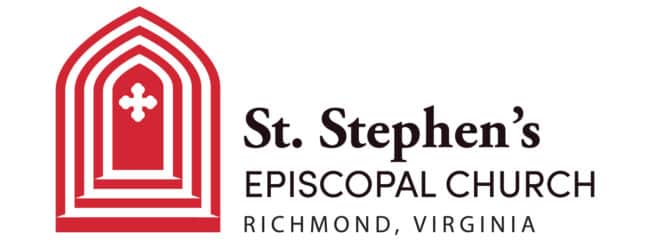The Episcopal Church
St. Stephen’s is more than the people who worship at the corner of Grove Avenue and Three Chopt Road. One of the distinctive things about being an Episcopalian is the sense of connection and fellowship one has with other Anglicans and Episcopalians throughout the world.
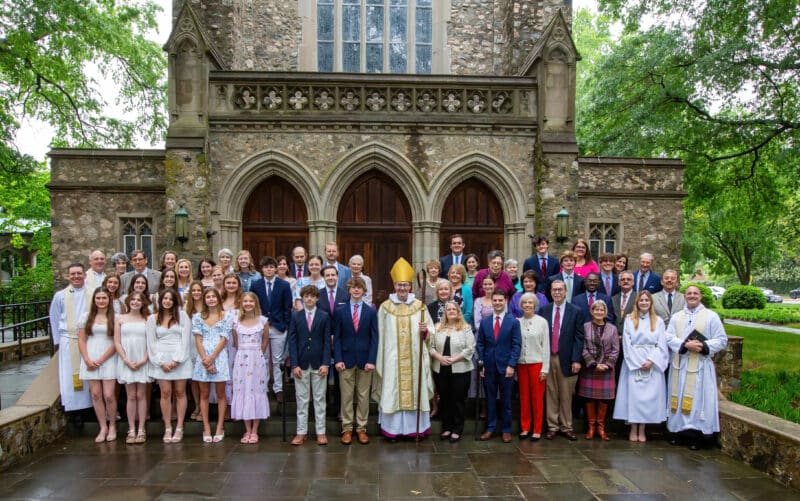
Being an Episcopal church means…
St. Stephen’s Episcopal Church is part of the Diocese of Virginia, one of the oldest and largest dioceses in the Episcopal Church. Our diocese includes 68,000 baptized members in 173 congregations in central, northern and northwestern Virginia. It is one of three Episcopal dioceses in the Commonwealth of Virginia, the others being the Diocese of Southwestern Virginia (based in Roanoke) and the Diocese of Southern Virginia (based in Norfolk). Our bishop is the Rt. Rev. Mark Stevenson. The assistant bishops are the Rt. Rev. Gayle Harris and the Rt. Rev. Mark Bourlakas.
The Diocese of Virginia
St. Stephen’s is a member of the Diocese of Virginia, the largest diocese in the United States (though smaller than Haiti, also a diocese in the Episcopal Church). Our diocese includes large, medium-size, and tiny churches in rural, suburban and urban areas in Richmond, Northern Virginia, and points in between.
The Episcopal Church is both hierarchical and democratic. The word “episcopal” refers to bishops, and in our tradition, the diocese (DIE-uh-sis) is the basic unit of the church. That may seem surprising; our experience of the church is usually focused on our local parish. The Episcopal Church, though, is a church of bishops and dioceses. Each parish church is a local expression of its diocese. This sets us apart from the Baptist tradition or the Congregational church or other, more locally-focused denominations. It also distinguishes us from the Roman Catholic Church, which has a pope as its head. While the Episcopal Church has a presiding bishop, and the worldwide Anglican Communion has the archbishop of Canterbury as its titular head, both of these officeholders are considered “first among equals.” This “polity” results in a rich tapestry of fellow Anglicans whose circumstances and cultures may be very different from our own, united in bonds of affection–while having more localized authority than is the case in the Roman Catholic church.
You can see and experience the ministry of the diocese when someone is ordained as a deacon or priest–something that the whole diocese, not just a single parish church, does; when one of our young people or adults is confirmed in the Episcopal Church during a visit by a bishop; when one of our children attends, or one of our teenagers staffs, a diocesan camp at Shrine Mont; when you attend a parish weekend or conference at Roslyn or Shrine Mont; when you meet a young person educated at a diocesan school–including our neighbors, St. Catherine’s School and St. Christopher’s School, and the school we helped found in Richmond’s East End, Anna Julia Cooper School.
You can read more about our diocese, its history, its governance, its ministries, and our bishops, on the diocesan website.
About the Episcopal Church
The Episcopal Church is a fellowship of 1.5 million Christians in 106 dioceses and three mission areas in 22 countries or territories, including the United States, Ecuador, Colombia, Venezuela, the Virgin Islands, the Dominican Republic, Haiti, Micronesia, Taiwan, and the Convocation of American Churches in Europe. While the Episcopal Church has offices in New York City and other U.S. cities, we are not a national church—we are a multinational denomination.
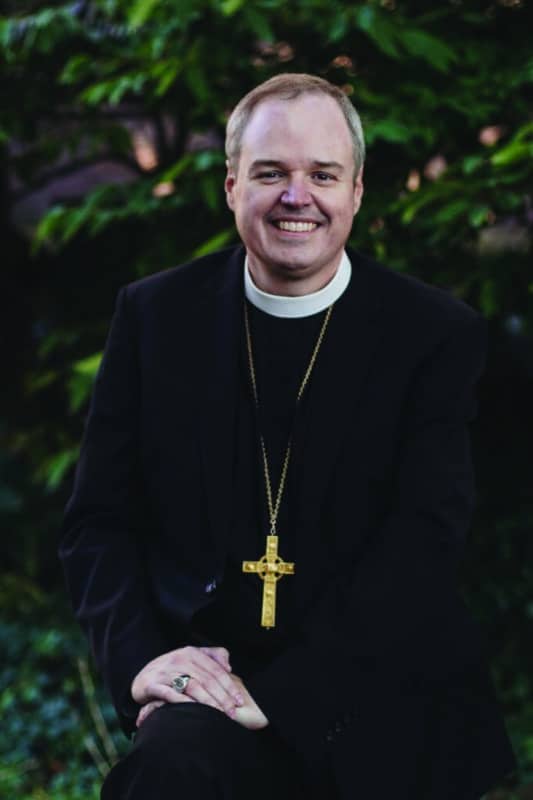
The Most Rev. Sean W. Rowe
The 28th presiding bishop of the Episcopal Church is the Most Rev. Sean Rowe. Elected at the General Convention in Louisville, Kentucky in June 2024, he began a nine-year term on November 1, 2024, All Saints’ Day.
Born in Sharon, Pennsylvania, Bishop Rowe earned a bachelor’s degree in history from Grove City College, a master of divinity from Virginia Theological Seminary, and a doctorate in organizational learning and leadership from Gannon University.
He was the youngest Episcopal priest in the U.S. when he was ordained in 2000 at age 24, and he was the youngest member of the House of Bishops when he was ordained and consecrated at age 32.
He was ordained bishop of the Episcopal Diocese of Northwestern Pennsylvania in 2007 and became bishop provisional of Western New York in 2019. From 2014 to 2018, he served as bishop provisional of the Episcopal Diocese of Bethlehem.
As the only U.S.-based member of the worldwide Anglican Communion, the Episcopal Church is part of the world’s third-largest group of Christians. The Anglican Communion is a global fellowship of Christians in 38 self-governing provinces. The archbishop of Canterbury is the Most Rev. and Rt. Hon. Justin Welby. While he is sometimes compared to a pope, a more accurate description of his role is that he is “first among equals” with his brother and sister bishops from throughout the Anglican Communion.
Learn More about the Episcopal Church
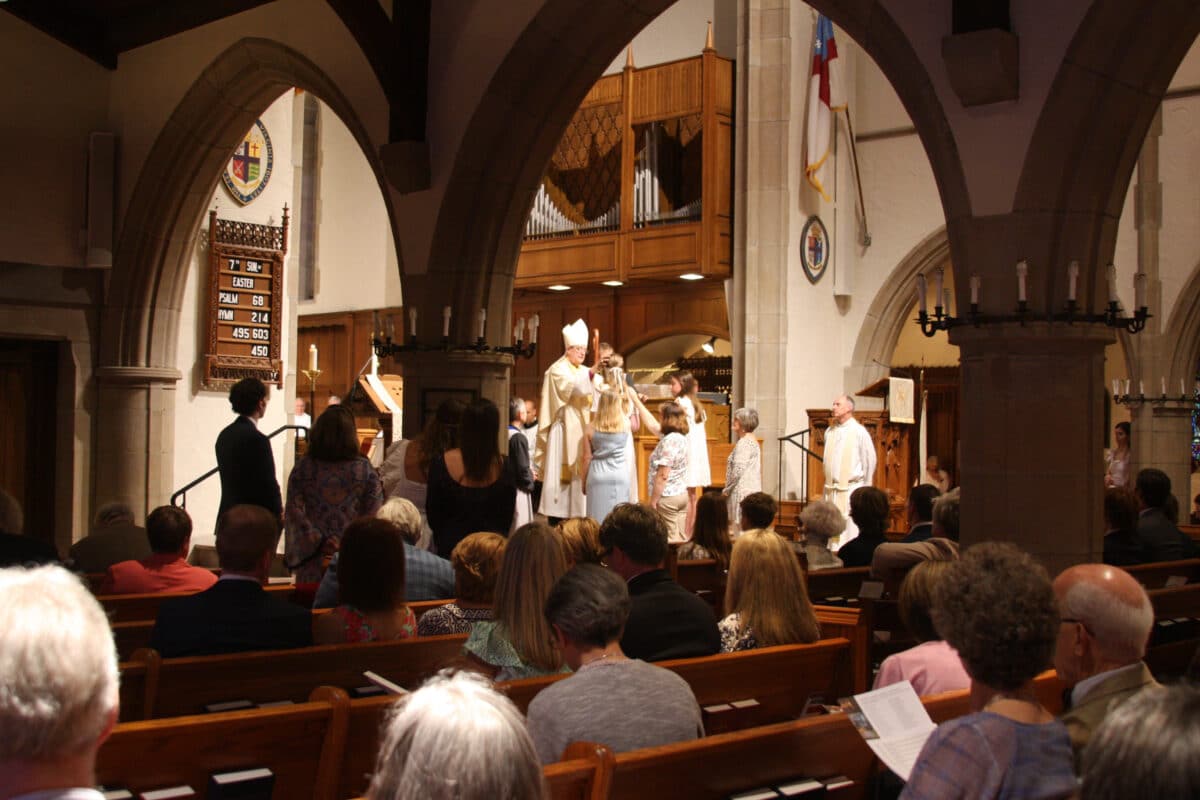
An Invitation to the Episcopal Church
St. Stephen’s clergy lead “An Invitation to the Episcopal Church,” a course often called an “inquirers class,” where you can learn more about the Episcopal Church: its customs, ethos, structure, and history, and what it means to be a Christian in the Episcopal tradition. Adults (and some teenagers) who wish to be confirmed take this class as their preparation for that rite, but all who want to learn about the Episcopal Church, or who want a refresher, are welcome. The course is offered several times a year, sometimes on Sunday mornings, sometimes Sunday evenings or weeknight evenings.
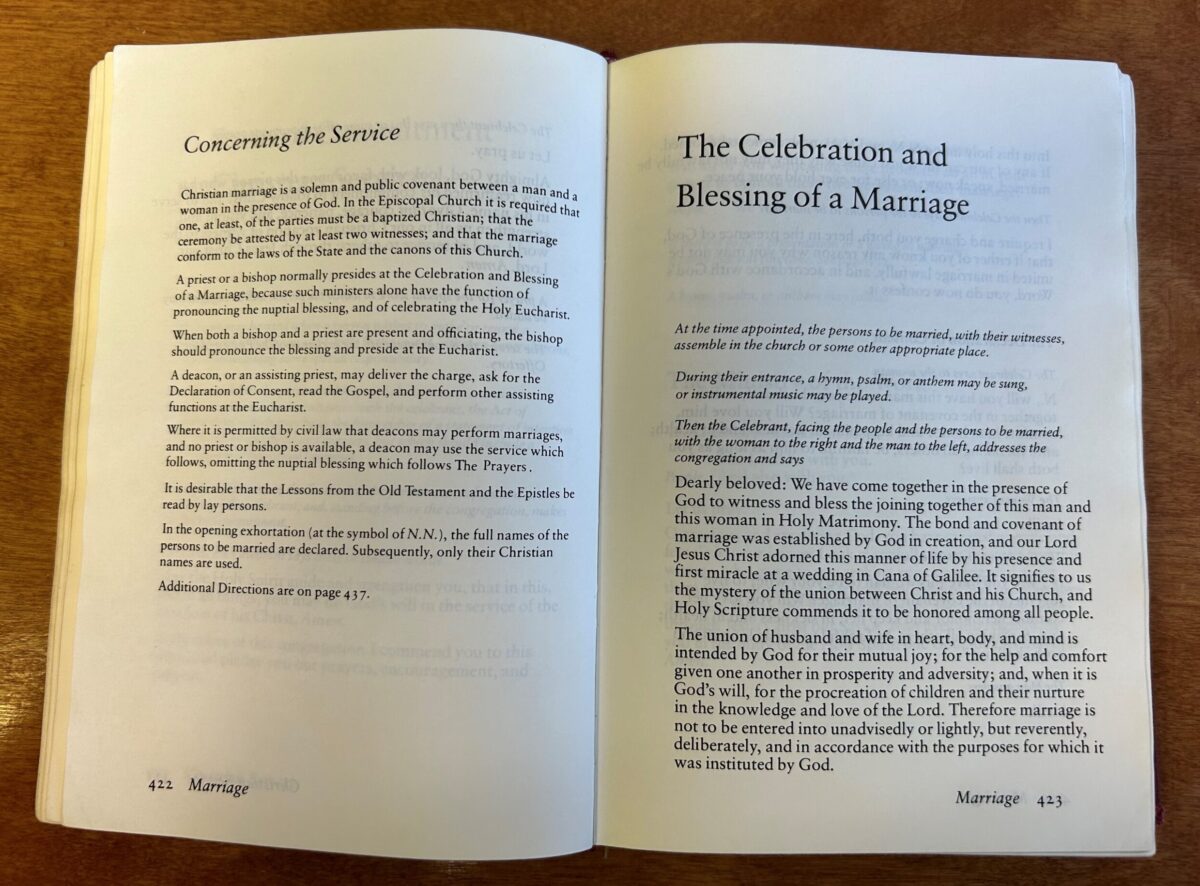
The Book of Common Prayer
The prayer book not only includes prayers, the Psalms, and liturgies for Holy Eucharist, Holy Baptism, Marriage, Burial, and other services, it is a rich source of information about Episcopal tradition and history. The first Book of Common Prayer was published in 1549 and has been revised many times over the centuries. The current version was adopted by the Episcopal Church in 1979. In the decades since that revision, the church has published supplemental materials authorized for use in Episcopal churches, such as Enriching Our Worship, and supplements to the Hymnal 1982 such as Lift Every Voice and Sing and Wonder, Love and Praise.
